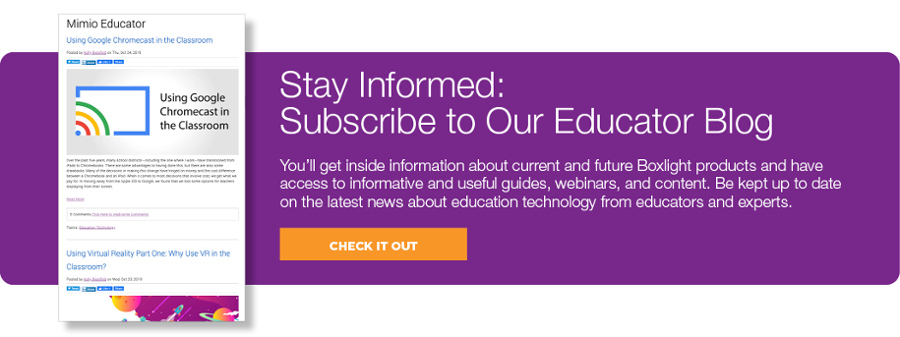
In The World is Flat, economist Thomas Friedman explains how technology can level the playing field in many industries. His Brief History of the 21st Century was ironically published in the 4th year of that century. The commentary was much more of a “looking forward” than a history, but it does frame the ideas in the context of the historical progress that has come before us. His thesis was simple: technology will act as a “leveler” in the 21st century. Technology allows an even, level, or “flat” playing field for economies across the world. Once individuals have access to the world wide web, they have access to markets all across the globe.
We have seen his vision of the future play out in many different industries. Take renting a hotel room for example. Vendors like VBRO and AirBNB have allowed “hotels” to pop up all over the place and access to these hotels to be controlled in a much different way. Uber and Lyft have done the same thing to the transportation industry.
Classrooms have been flattened too. I’m not sure most educators have realized it, because we don’t see the outcome in the same way. Now that curriculum is accessible, in essence, for free from a computer, any parent who has the time is able to homeschool their student. Additionally, students can take courses from teachers all around the globe. Adaptive learning programs now allow the student to learn at their own pace and will challenge them at their exact level of learning. The “market” that schools had on education has changed, how have classrooms adapted to change with it?
In some respects, they haven’t changed at all. Enrollment numbers in public schools have held steady over the past decade, private schools numbers have dropped a little, but the number of students being homeschooled has steadily increased. More and more families are taking advantage of this option—for better or worse.
Teachers probably don’t feel the impact of this directly. Students might one at a time to be homeschooled or might never enter a school in the first place. As a system, I think this is a critical issue and one that all educators should recognize as vital to the future of our system. We have no schools if we have no students to teach. Teachers need to recognize that our ability to provide content to students is no longer an exclusive practice.
To summarize, because of the flattening of education, parents now have options like never before. Teachers can stick with the status quo or can embrace working with parents in a different way. Teachers can meet parents in the middle and educate them on the advantages to learning in community with other students...and there are a lot of advantages.
Before any of that, schools must meet our parents and our students where they are. Our schools are set up in a way that matches the average student’s development. We know not all kids are ready to read in 1st grade...but most kids are ready to read at this point. Teachers who have been teaching a while have probably seen a widening of that gap between what kids are able to do at each grade level. Involved, educated parents might have pushed their kids to read by kindergarten while other parents haven’t ever purchased a book for their 1st grader. This makes our system of education, typically focused on end of year outcomes, very hard.
Schools can do better than this for students and parents, and quite frankly, we have to be. We need to honor the student who is reading above grade level by challenging her to go further. Not by placing her in a one size fits all classroom to be bored. The same is true of a student who might not quite be ready to learn a new concept. Instead of pushing them through or suggesting summer school, we can adapt our system to be more versatile. In order for our system to survive and flourish, we must tap into the expertise of our teachers and the technology we have at hand to make this happen.
Stay informed on the changing trends in education and technology by subscribing to our blog?



